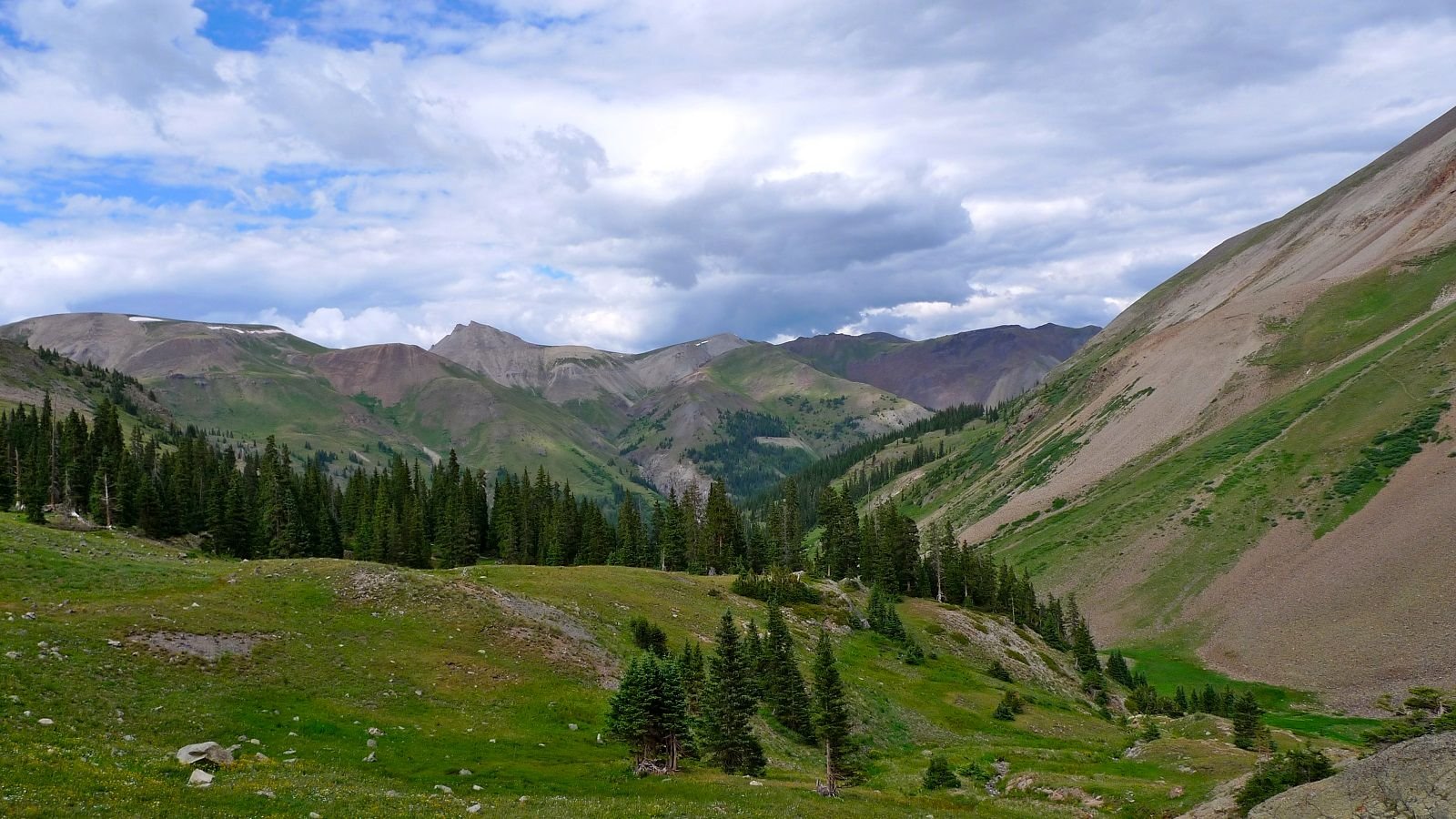Off-Roading in the Alpine Loop Trail (photos)
Have you tackled Colorado's Alpine Loop yet? If not, you're probably going to want to make some travel plans for you and your Jeep.










1. The Alpine Loop
The Alpine Loop is just one of many breathtaking trails located in the great state of Colorado, but it has an awful lot of appeal for Jeep fans. Located just five hours southwest of Denver, the loop covers 63 miles and takes around 4-6 hours to complete. Though the beautiful San Juan mountains provide a nice bit of scenery, don't be fooled - this is a relatively rugged bit of terrain that requires a little bit of preparation and the right vehicle. A high-clearance 4x4 is recommended for crossing the pair of high elevation passes.
>>Join the conversation about Off-Roading in the Alpine Loop Trail right here in JK Forum!
2. History
The San Juan region, which served as a home to the Ute people for 500 years, was first discovered by Spanish explorers back in the 1700s. Gold was first discovered in the mountains in 1860, which kicked off a gold rush in this part of Colorado. It wasn't long before thousands of people flocked to the region, setting up towns and working the mines.
The rocky roads of the Alpine Loop were first used by 19th-century miners. Those folks carted their ore in mule drawn wagons to towns like Silverton, Ouray, and Lake City. That means you'll find cool sites along your journey including some abandoned towns, cool structures, and some old mining haunts including seven different ghost towns. Not to mention two different 12,000-foot passes - Cinnamon and Engineer.
>>Join the conversation about Off-Roading in the Alpine Loop Trail right here in JK Forum!
3. Navigating the Trail
The Alpine Loop has a fairly short window when it's snow free, generally from June to September. And even then, things can get quite muddy and slippery. The stretch known as Mineral Creek is rated as difficult due to some very steep and rocky terrain that gets pretty slippery when it rains. Engineer Pass is rated as moderate due to some steep inclines and a few narrow stretches. Cinnamon Pass is rated moderate as well, with steep and rocky sections. Outside of those stretches, most of the terrain is fairly easy to navigate. Just be alert and on the lookout for wildlife and fishermen!
>>Join the conversation about Off-Roading in the Alpine Loop Trail right here in JK Forum!
4. Must See Scenery
There are a couple of different routes you can take to traverse Alpine Loop, but be sure and check out Engineer Pass. The views are incredible and literally go on for miles and miles. Wildlife lovers and fishermen will want to check out Henson Creek heading into Lake City, which features lots of both. American Basin is famous for its wildflowers, and Lake Cristobal offers fantastic fishing and kayaking opportunities.
>>Join the conversation about Off-Roading in the Alpine Loop Trail right here in JK Forum!
5. The Towns
Mill City contains a number of old buildings, mining equipment, and the San Juan Stamp Mill. The ghost town of Ute-Ulay is very much intact and contains lots of buildings, a water tank, mill, barn, and an old power dam. Lake City is still going, with a population of 400 people mostly dependent on tourism. It's a nice place to grab a snack and check out the 200+ historic buildings downtown.
The Alpine Loop is just one of the ten trails on our personal Jeep bucket list. Be sure and check out the other nine here!
>>Join the conversation about Off-Roading in the Alpine Loop Trail right here in JK Forum!
For help with maintenance and service on your Jeep, check out the how-to section of JK-Forum.com
